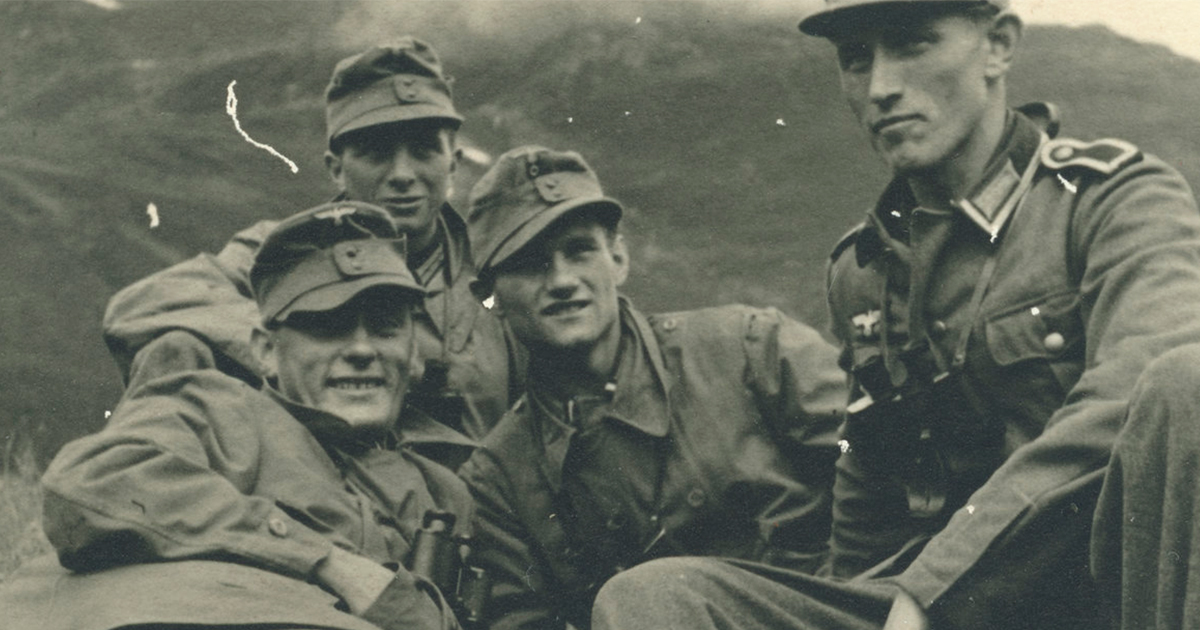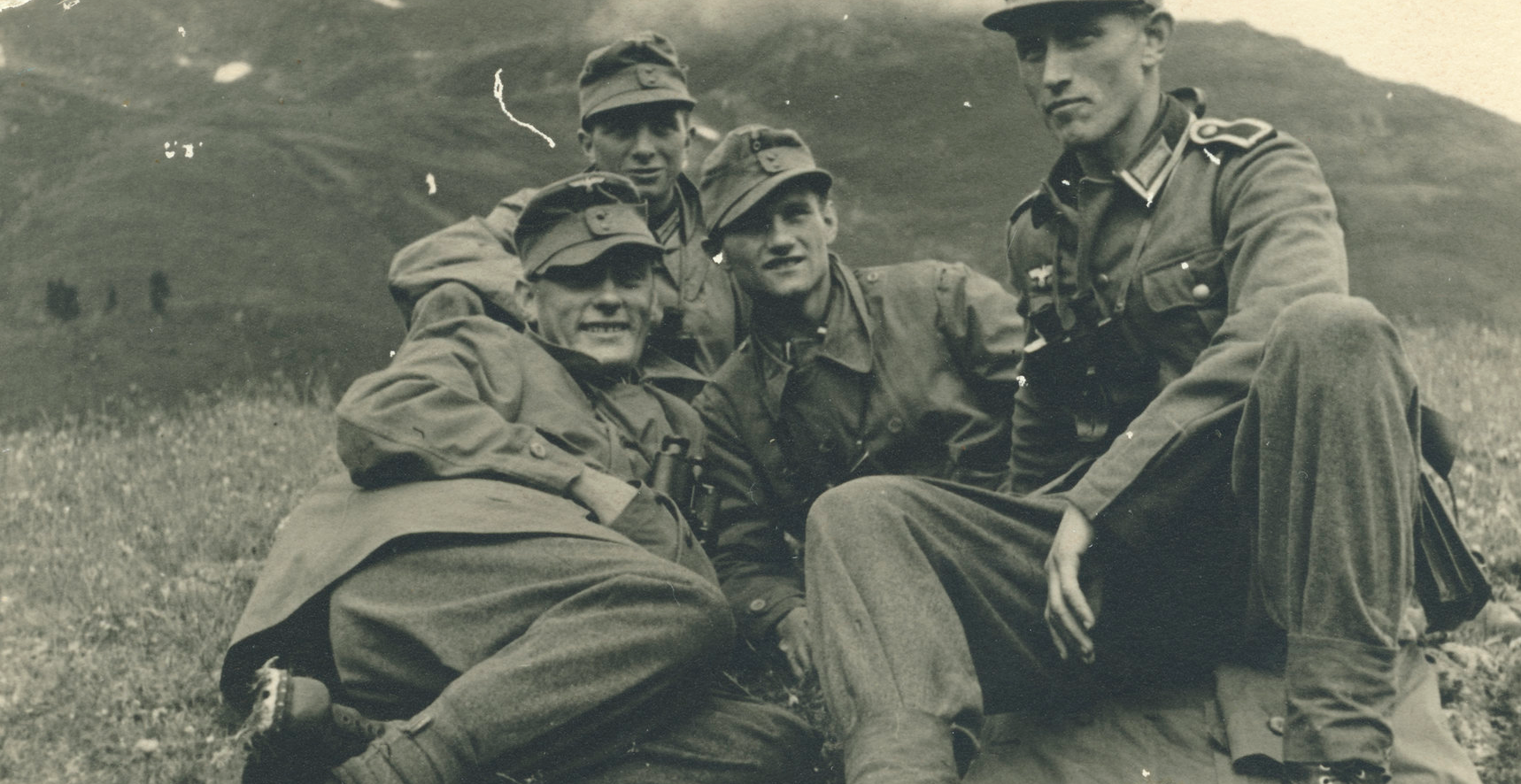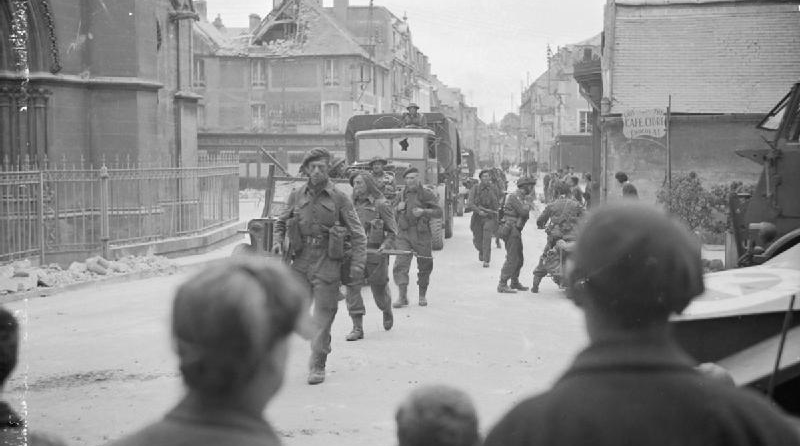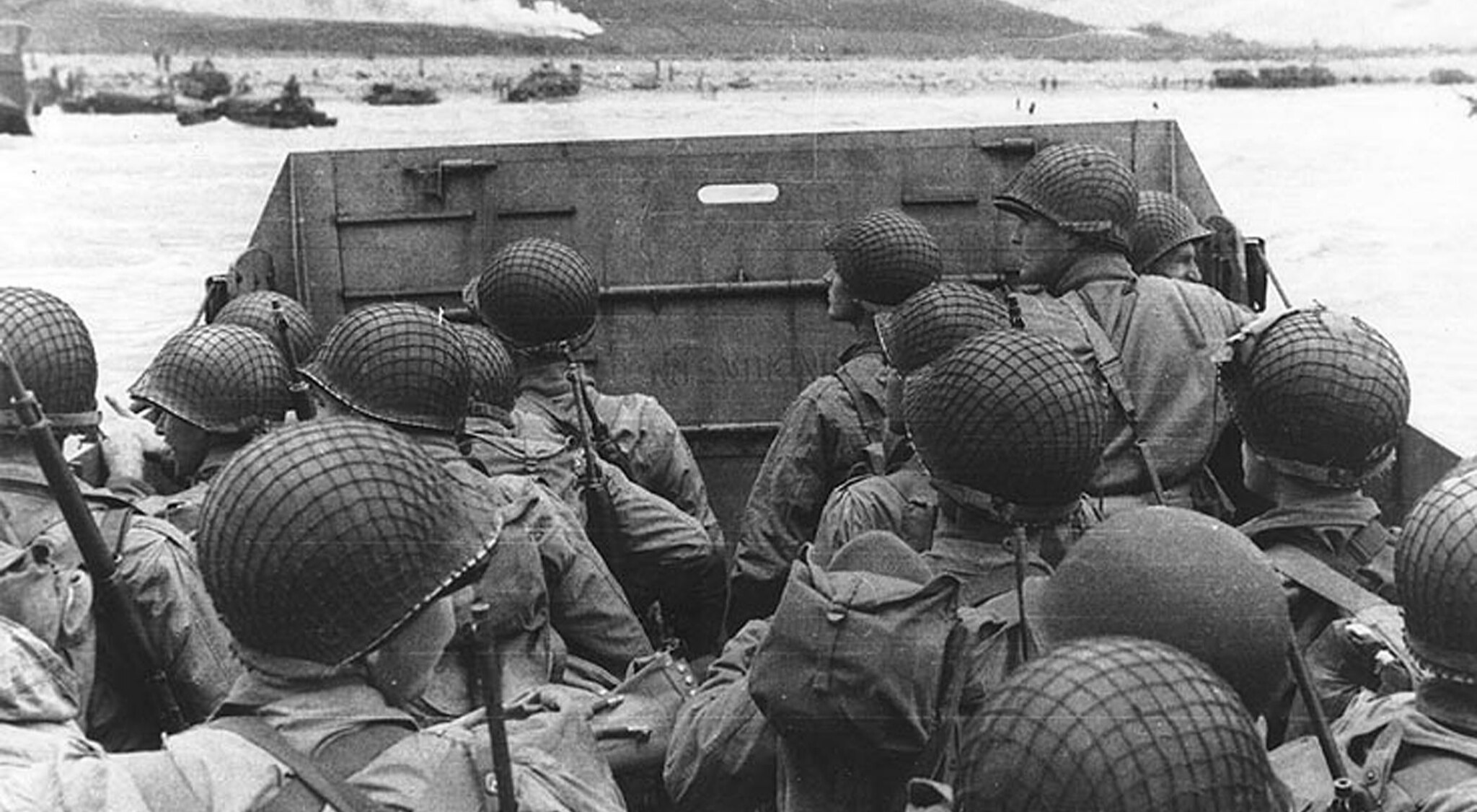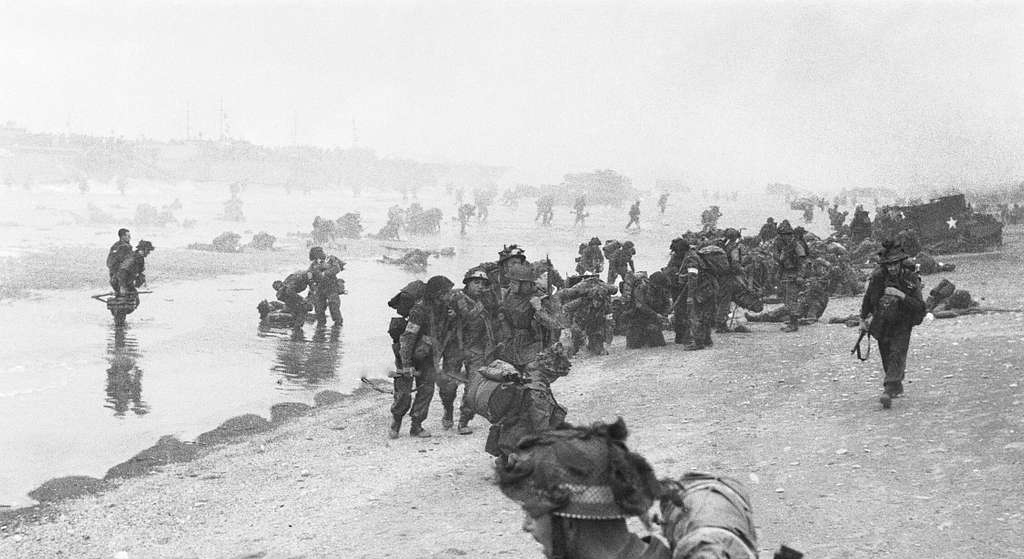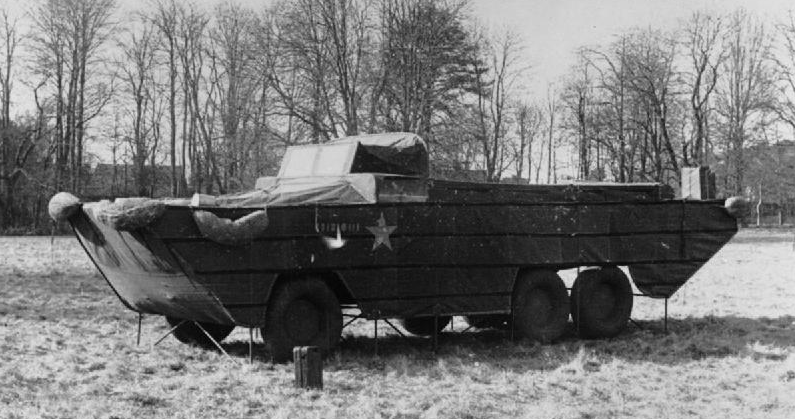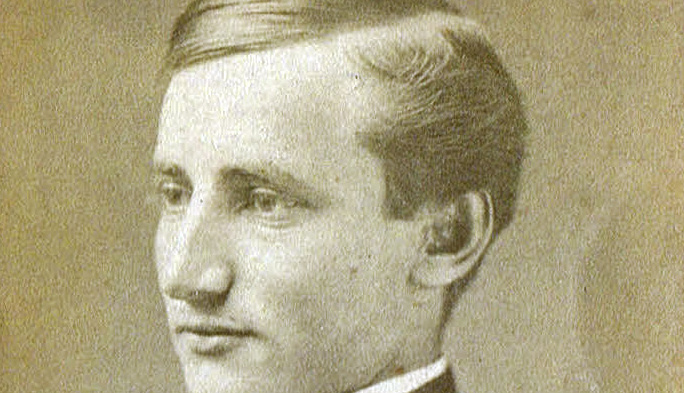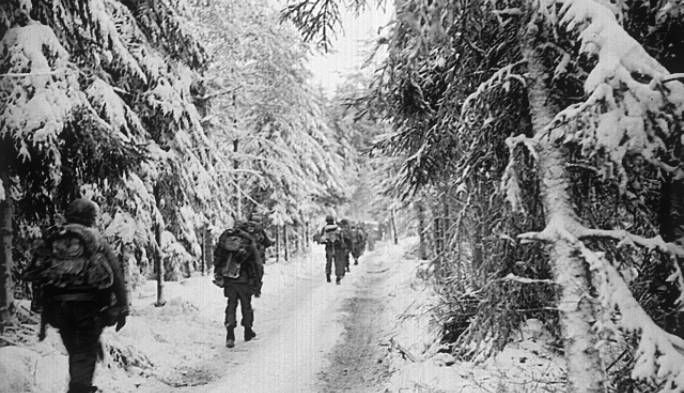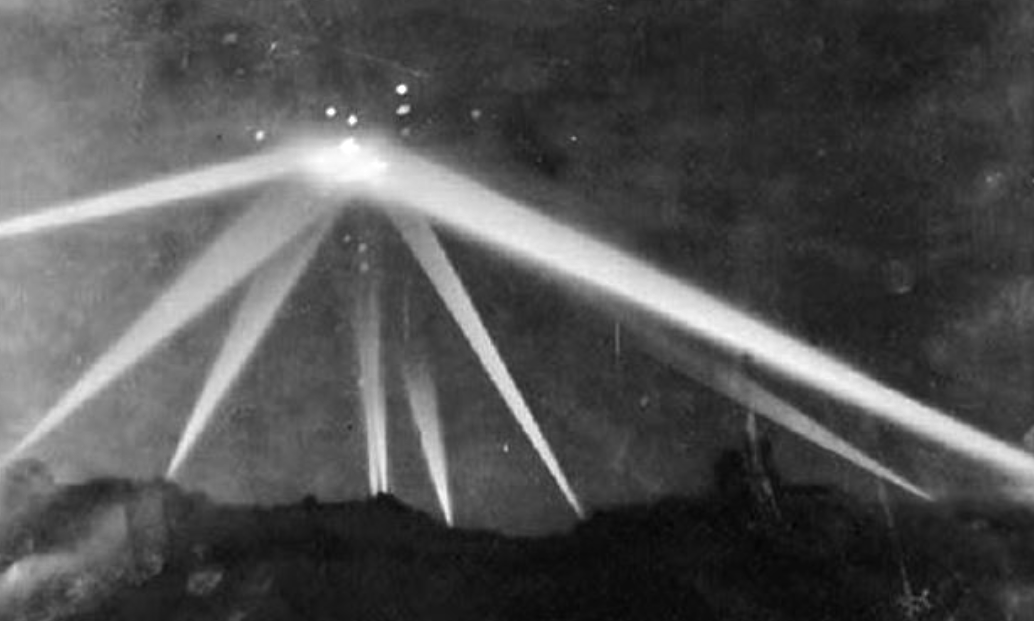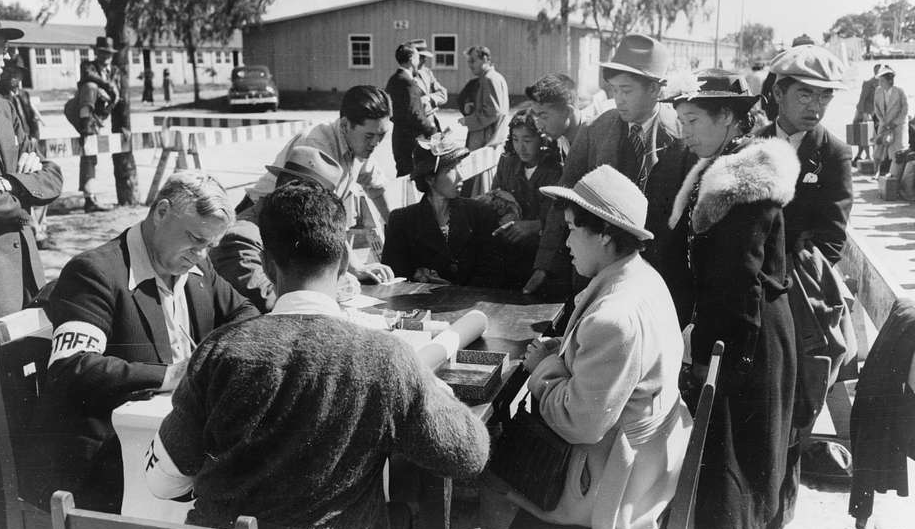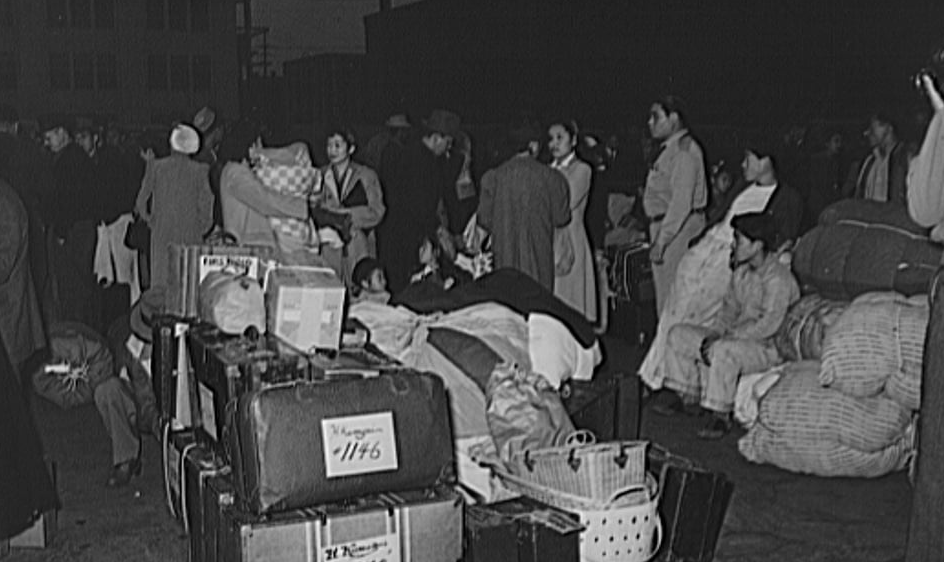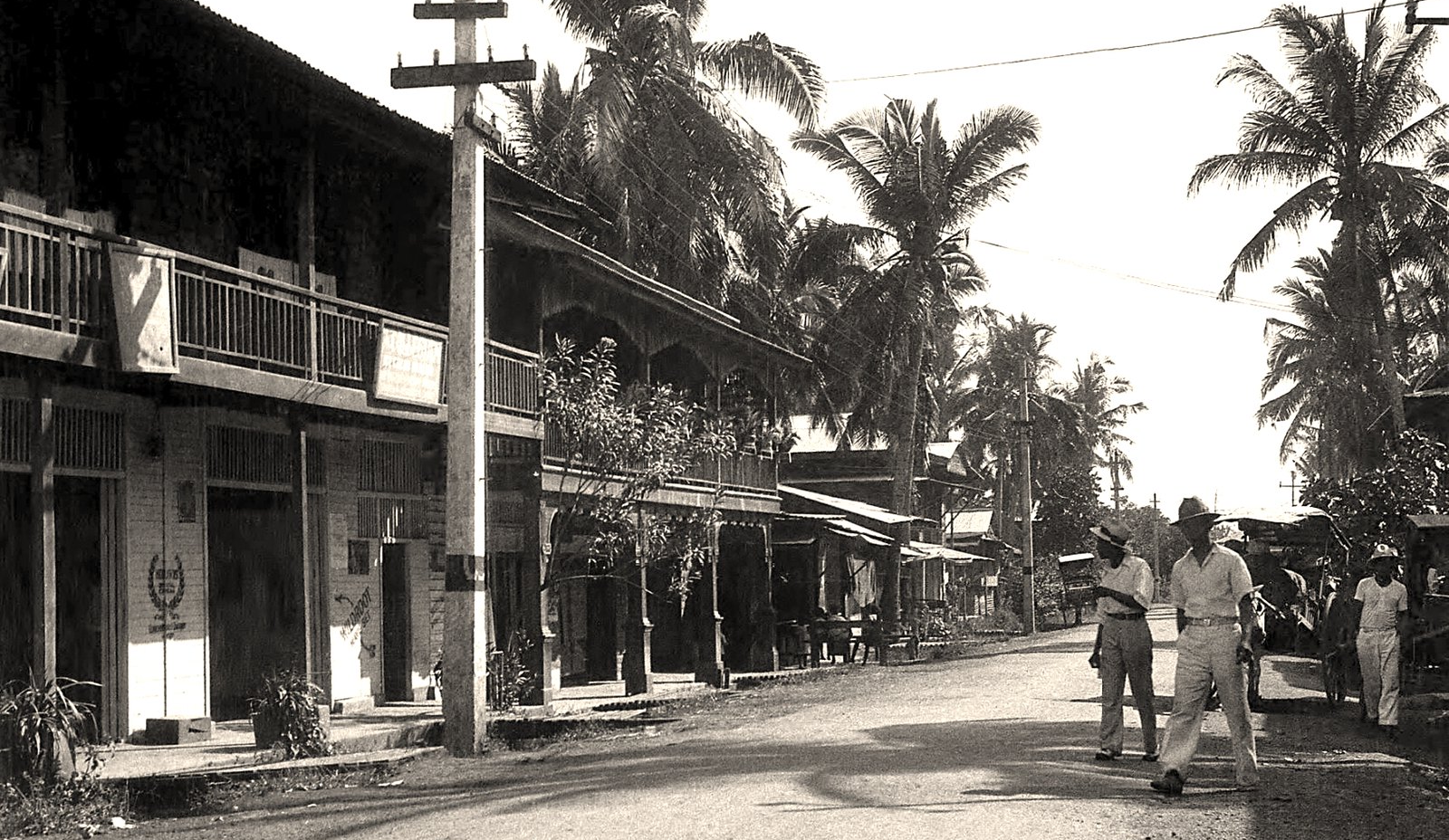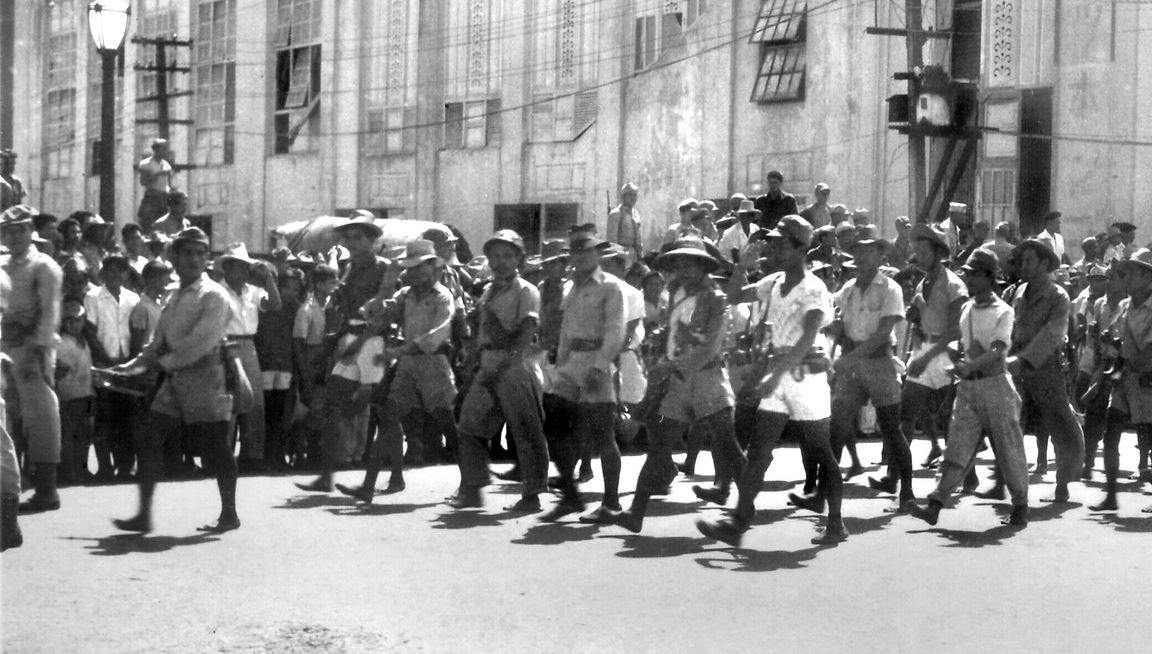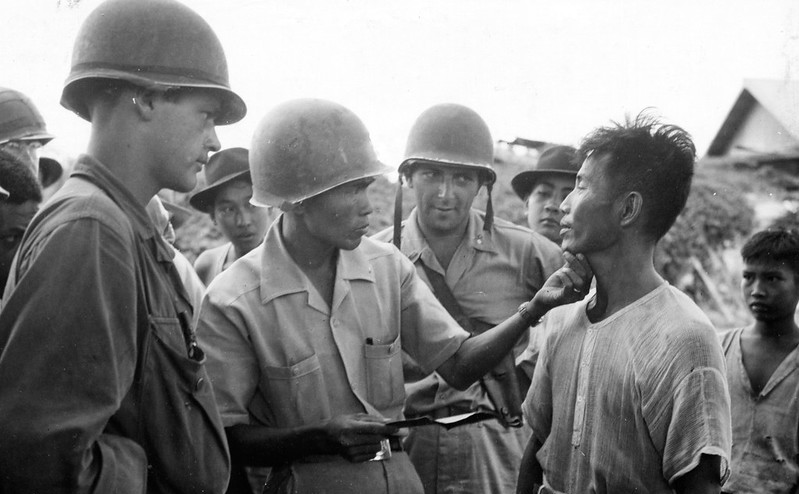History's Wildest Army Moments
Battle stories can be harrowing, terrifying, deeply moving, and terribly sad. They can also be quite strange or funny. Let’s take a look at some of the more peculiar stories to come out of US military history.
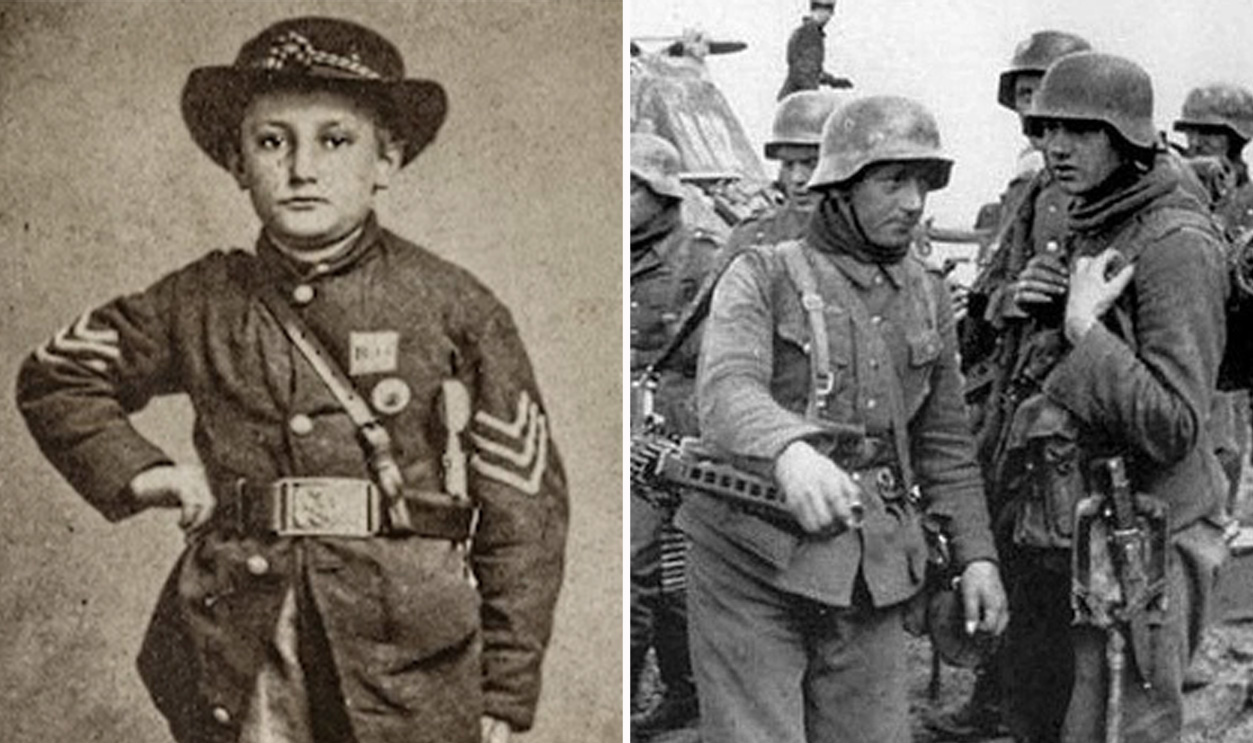
Teaming Up With Germany To Take Down The SS
By May 1945, the conflict in Europe was coming to an end. A race was on to secure the evidence of war crimes before they were destroyed. As the Allies rushed to capture high-profile POWs, what has been described as WWII's "strangest battle" took place.
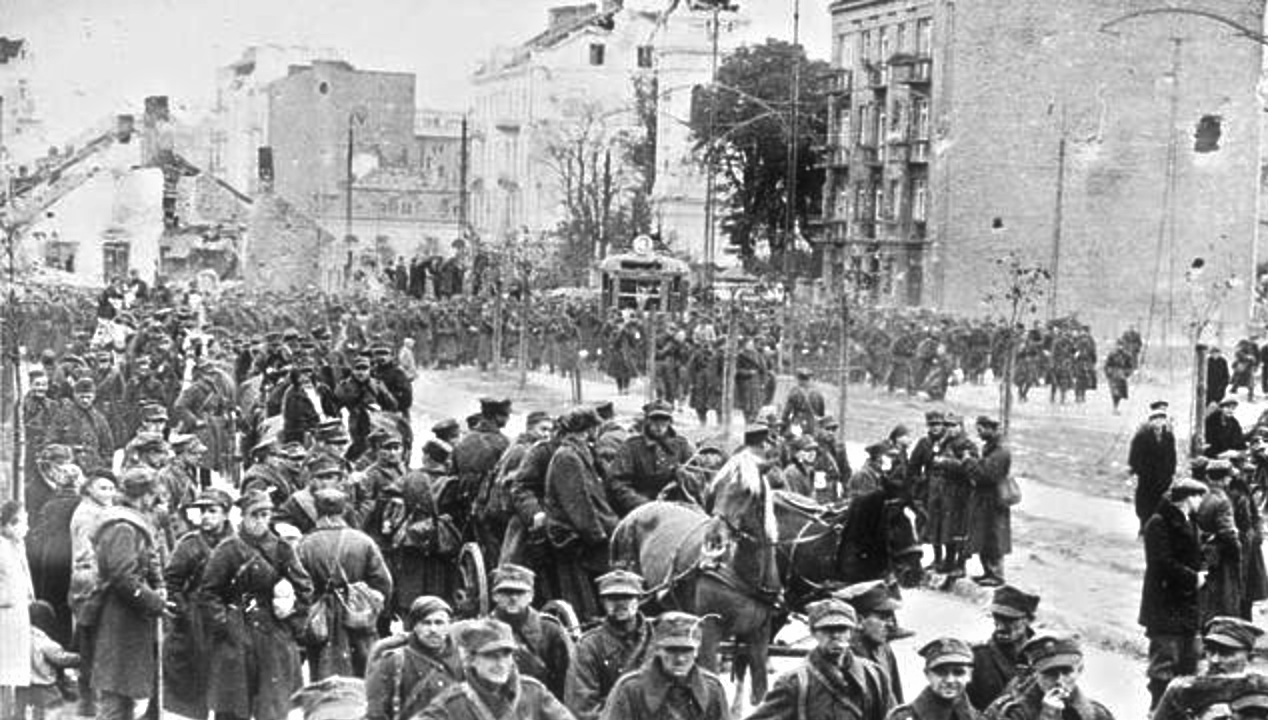 UK Government artistic works, Picryl
UK Government artistic works, Picryl
Teaming Up With Germany To Take Down The SS
In Austria, SS officers marched on Itter Castle to kill the POWs that had been kept there for ransom. The Wehrmacht forces guarding the castle attempted to thwart those plans. The Wehrmacht knew the conflict was over and had no intention of fighting to the end.
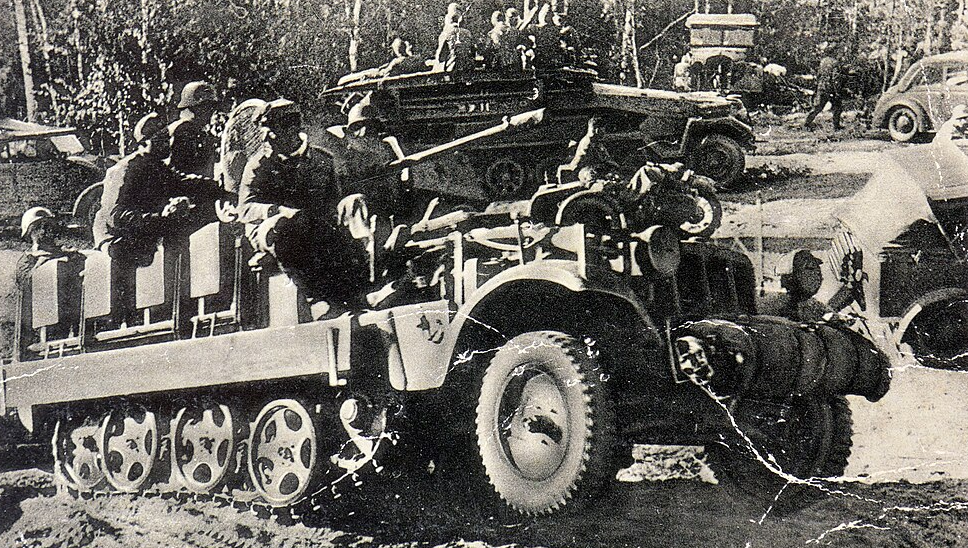 Kunstverlagsanstalt Bruno Hansmann, Wikimedia Commons
Kunstverlagsanstalt Bruno Hansmann, Wikimedia Commons
Teaming Up With Germany To Take Down The SS
The Allies, knowing about the POWs, surrounded the castle hoping to avoid a direct confrontation. The American forces made contact with the German guards and offered to help with the defense of the castle.
 Steve J. Morgan, CC BY-SA 3.0, Wikimedia Commons
Steve J. Morgan, CC BY-SA 3.0, Wikimedia Commons
Teaming Up With Germany To Take Down The SS
The SS were inebriated and ready to kill anyone in their way. Upon reaching the castle, they were confronted by not only the Americans but also the German guards. Knowing their fate if captured, the SS fought fiercely, hoping to secure the POWs for their own means.
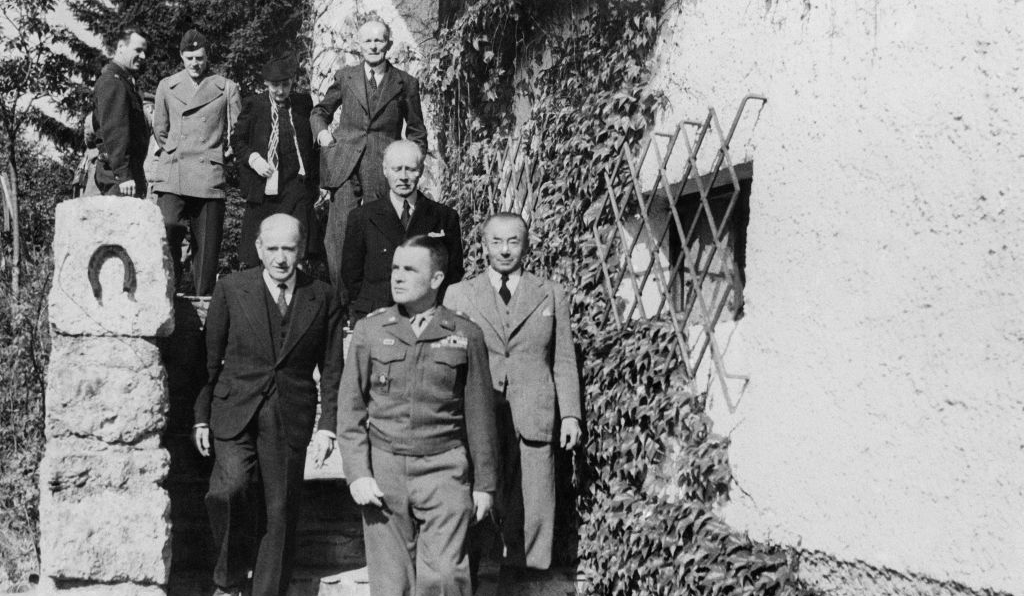 Keystone-France , Getty Images
Keystone-France , Getty Images
Teaming Up With Germany To Take Down The SS
While the conflict continued to ravage Germany, a small group of Germans fought side-by-side with their former enemies, holding off the SS. They fought for over six hours. The casualties were high, and the German commander of the castle was slain.
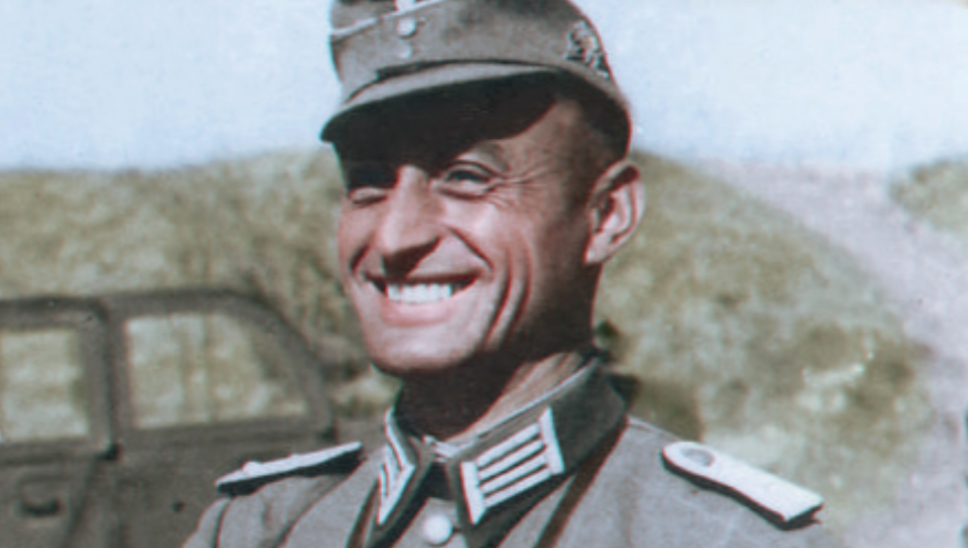 Julius Jääskeläinen, CC BY 2.0, Wikimedia Commons
Julius Jääskeläinen, CC BY 2.0, Wikimedia Commons
Teaming Up With Germany To Take Down The SS
In the end, the Americans and Germans were able to defend the castle against the SS. The combined US and Wehrmacht forces were able to hold the castle until American reinforcements arrived to finish off the last of the SS. The Wehrmacht themselves were then taken prisoner but were ultimately treated well, returning to their homes after WWII.
An Imaginary Division With Inflatable Tanks
D-Day was one of the most decisive events of WWII. With the American, British, and Canadian forces landing in Normandy, the Allies were able to dig in and begin their long fight to Germany. German forces could then be driven back to Germany for the final confrontation.
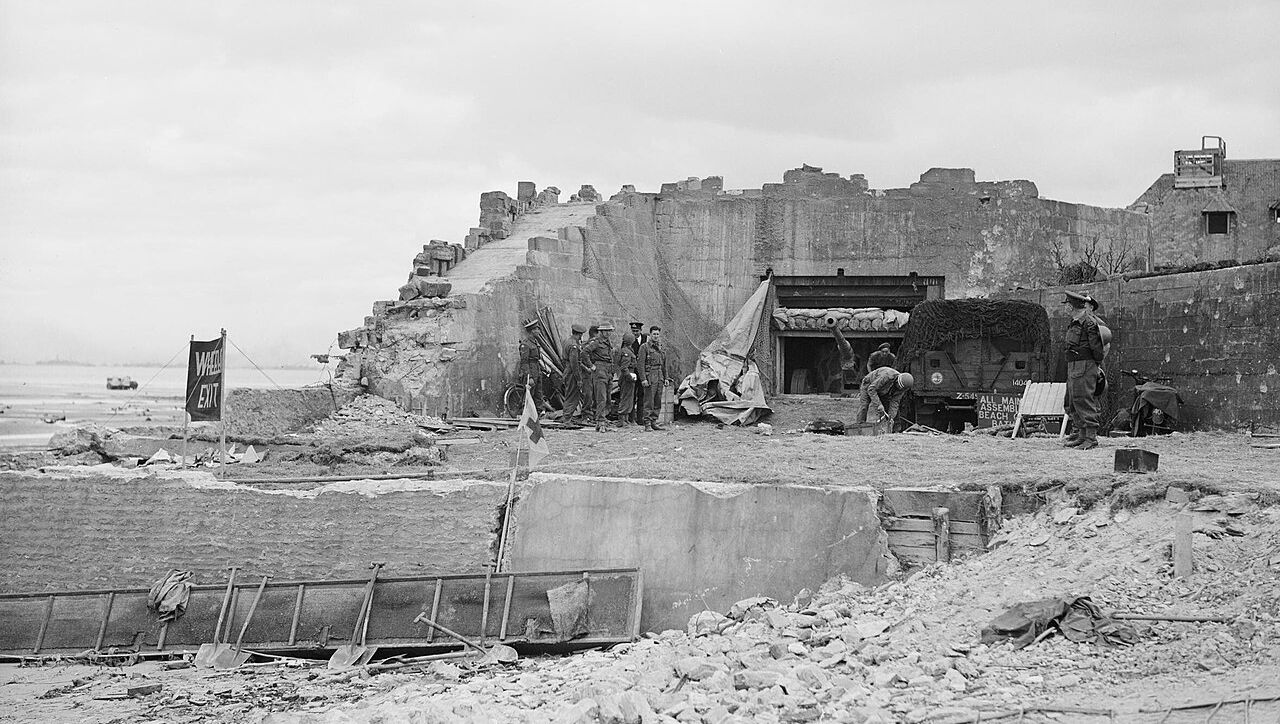 John Alfred Hampton, Wikimedia Commons
John Alfred Hampton, Wikimedia Commons
An Imaginary Division With Inflatable Tanks
However, a secret mission would need to succeed in order to trick the Germans into thinking the invasion would occur at a different place and on a different day. The Normandy Campaign on D-Day relied on a great deal of planning, logistics, equipment, manpower, and sheer patience. What was of key importance was to keep the crucial details of the invasion from German intelligence.

History's most fascinating stories and darkest secrets, delivered to your inbox daily.
An Imaginary Division With Inflatable Tanks
A plan was put into place. Working for months starting in January 1945, a division of 1,000 troopers, along with artists, actors, designers, and audio technicians were deployed to England. Their goal: Create a fake army.
An Imaginary Division With Inflatable Tanks
A phantom division was created using mocked-up inflatable tanks, vehicles, and artillery. The artists and designers were put to work making those fakes look real from the air. On more than 20 occasions, this mock division was able to deceive German intelligence.
An Imaginary Division With Inflatable Tanks
With the skills of the designers, artists, and troopers, German intelligence was duped into believing there was a force of 30,000 fighters with massive amounts of equipment, waiting to be deployed. The dummy equipment was placed within enemy lines of sight while sounds of construction and heavily armed infantry could be heard thanks to giant speakers.
An Imaginary Division With Inflatable Tanks
This subterfuge was able to convince the Germans that the invasion was taking place far away from the actual landing sites. This enabled the Allies to get the real forces and equipment into position. After D-Day, the deception continued.
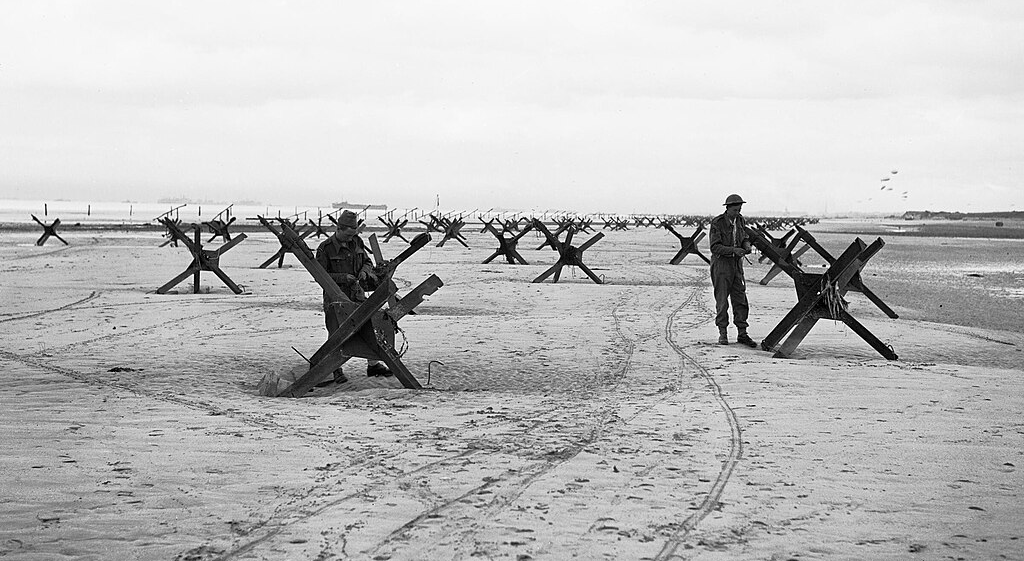 John Alfred Hampton, Wikimedia Commons
John Alfred Hampton, Wikimedia Commons
An Imaginary Division With Inflatable Tanks
Allied forces were able to position themselves on the crucial front lines of Normandy. To assist with this, architects and designers created dummy camps and airfields, and fake convoys of trucks. Other forms of deception included actors impersonating high-ranking Allied personnel and officials in European towns.
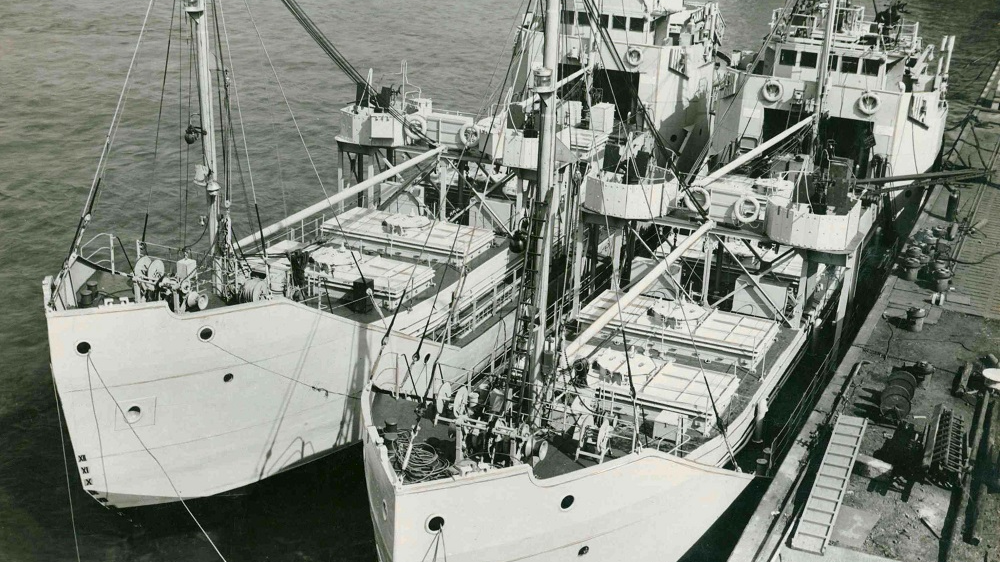 Tyne & Wear Archives & Museums, Wikimedia Commons
Tyne & Wear Archives & Museums, Wikimedia Commons
An Imaginary Division With Inflatable Tanks
The actors were able to discuss fake army plans in public places, such as parks and taverns. German spies listening in were fooled. It's estimated that thousands of lives were saved because the Germans were not in place to defend the French coast.
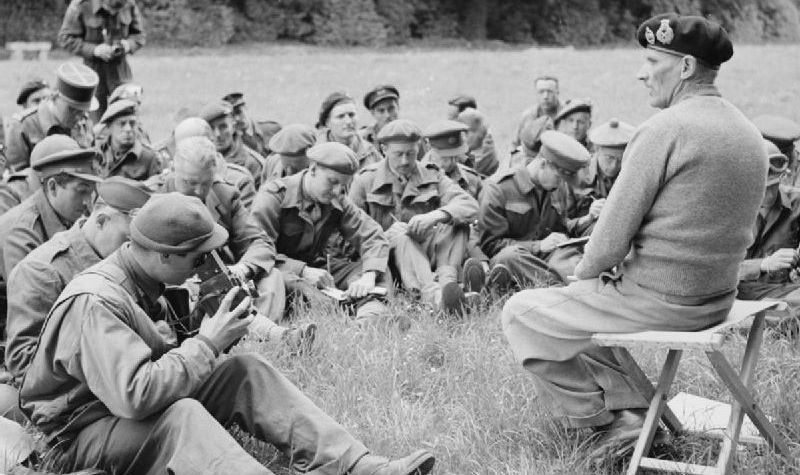 Imperial War Museums, Wikimedia Commons
Imperial War Museums, Wikimedia Commons
The 12-Year-Old Sergeant
At the age of 10, John Lincoln Clem unofficially joined the Union Army as a drummer boy. He managed to see action in his two years of service. At the age of 12, during the Battle of Chickamauga, he became a national celebrity.
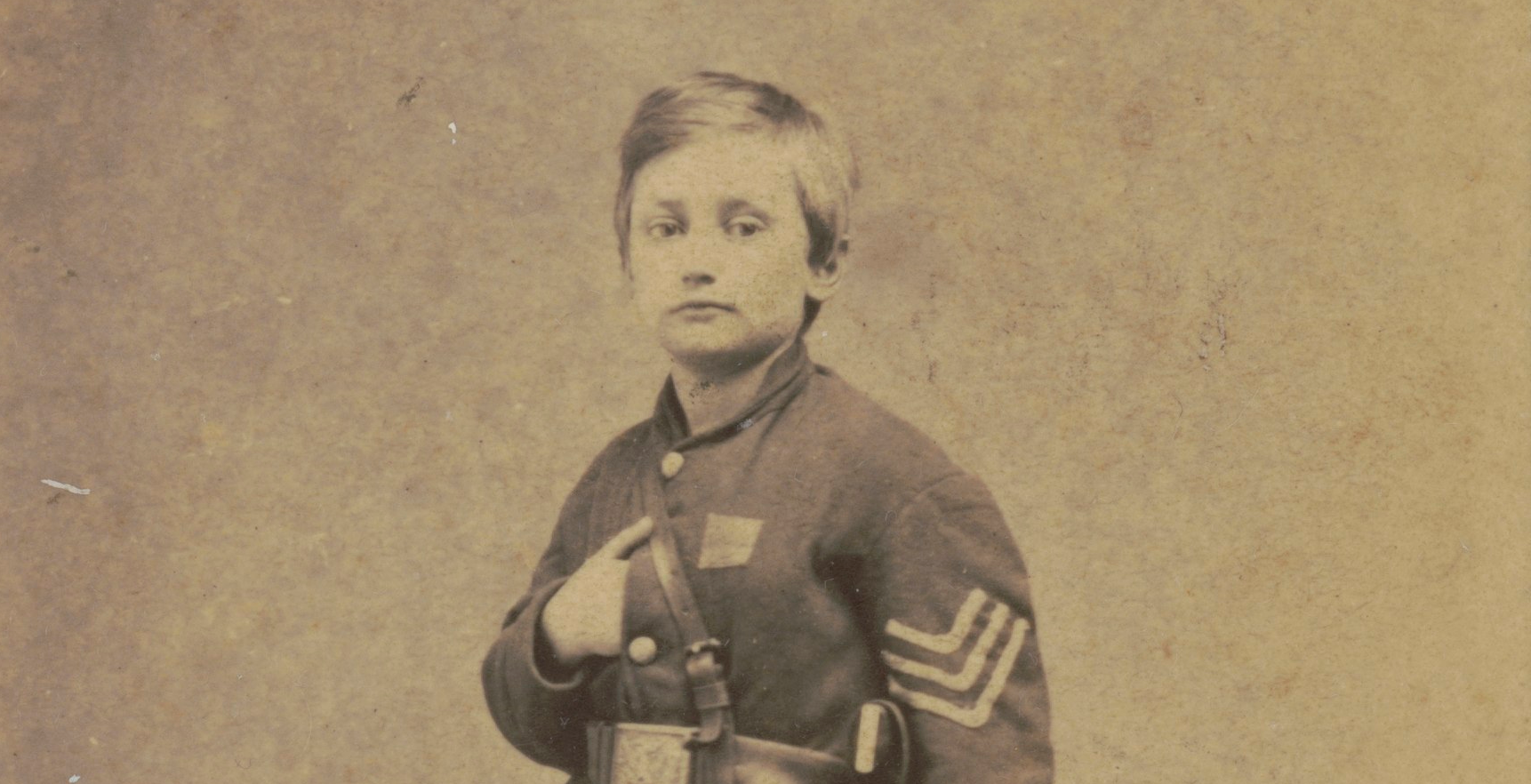 Liljenquist Family Collection of Civil War Photographs, Wikimedia Commons
Liljenquist Family Collection of Civil War Photographs, Wikimedia Commons
The 12-Year-Old Sergeant
During the battle, a Confederate general attempted to capture Clem. However, Clem had a sawed-off musket, and he shot the officer and escaped. As he ran, his hat was hit three times by enemy fire.
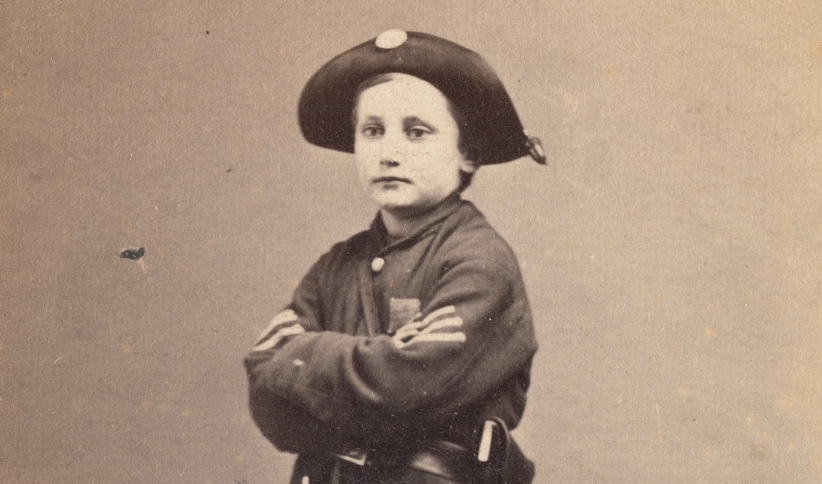 Metropolitan Museum of Art, CC0, Wikimedia Commons
Metropolitan Museum of Art, CC0, Wikimedia Commons
The 12-Year-Old Sergeant
Clem made it back to the Union lines. He told his story and was promoted to sergeant, becoming America's youngest-ever non-commissioned officer. Accounts of his actions and promotion were published in papers all over the North.
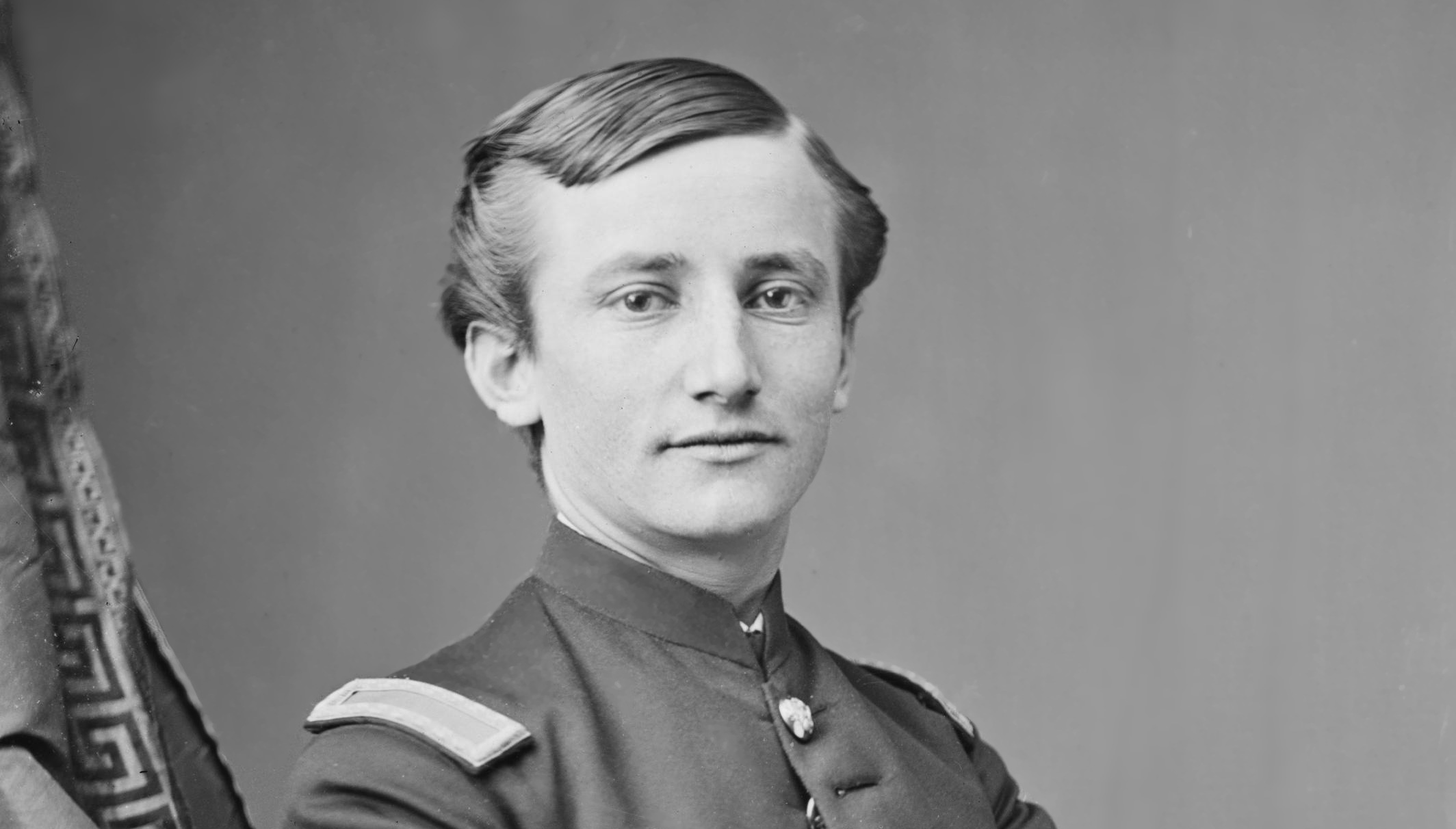 Mathew Benjamin Brady, Wikimedia Commons
Mathew Benjamin Brady, Wikimedia Commons
The 12-Year-Old Sergeant
However, Clem’s new-found celebrity status ended up costing him. He was later captured in battle by the Confederates. Because he was now famous, his captors took his hat with the three bullet holes, denying him his souvenir from the conflict.
The 12-Year-Old Sergeant
Clem was later traded in a prisoner exchange. He was wounded twice more after that. In 1864, Clem was finally discharged at the age of 13.
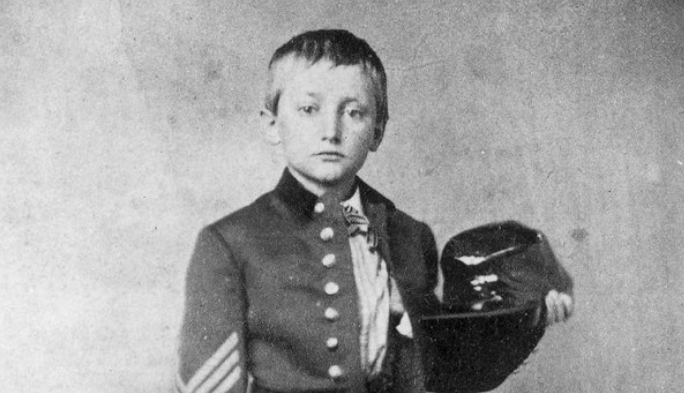 Unknown author, Wikimedia Commons
Unknown author, Wikimedia Commons
America's Longest Battle
The US Army fought the longest battle in the nation's history during WWII. From September 1944 to February 1945, the Battle of Hürtgen Forest was five months of grueling combat. Attempting to gain control of the Hürtgen Forest, the battle was crucial to the US advance into Germany.
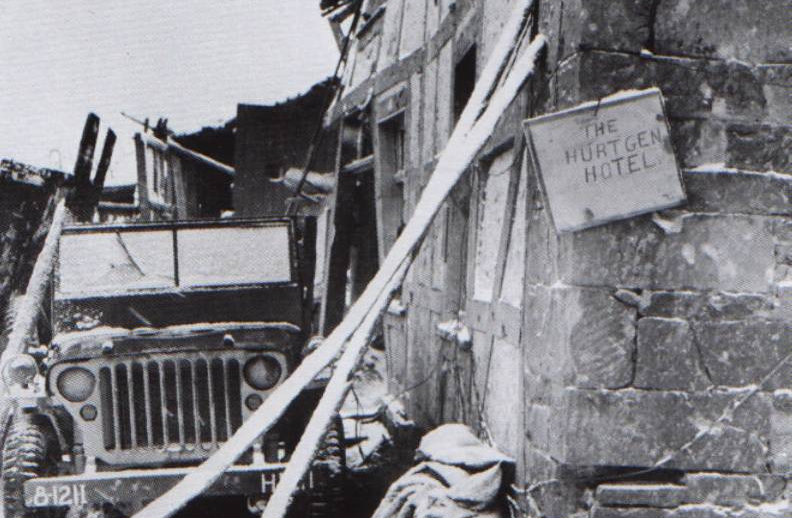 Unknown author, Wikimedia Commons
Unknown author, Wikimedia Commons
America's Longest Battle
On September 12, 1944, the US 9th Infantry Division entered the forest to drive out the Germans. The forest became a nightmare for the Americans. The forest was dense and the few roads available were impassable. Even worse, the Germans had prepared the area with minefields, booby-traps, and barbed wire.
America's Longest Battle
It was difficult to establish a front line or to be confident that the area had been cleared of the enemy. The Germans also had the advantage of the limited number of routes and clearings in the forest. This allowed German artillery teams to fire accurately.
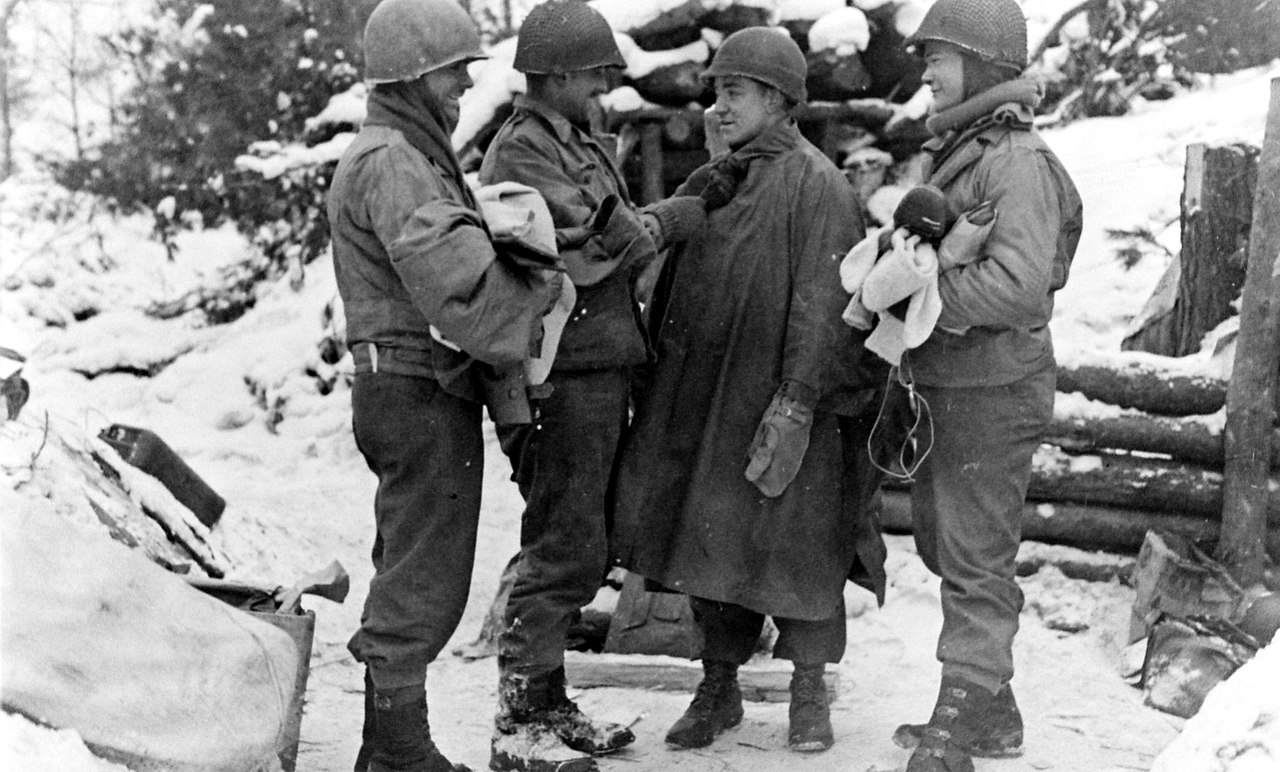 Georgia National Guard, CC BY 2.0, Wikimedia Commons
Georgia National Guard, CC BY 2.0, Wikimedia Commons
America's Longest Battle
Enemy artillery exploded the thick canopy of trees. This showered a hail of long lethal splinters on the American forces. The Americans had the advantage, outnumbering the Germans 5:1, but that advantage was thwarted by limited mobility and a lack of air support due to the weather and terrain.
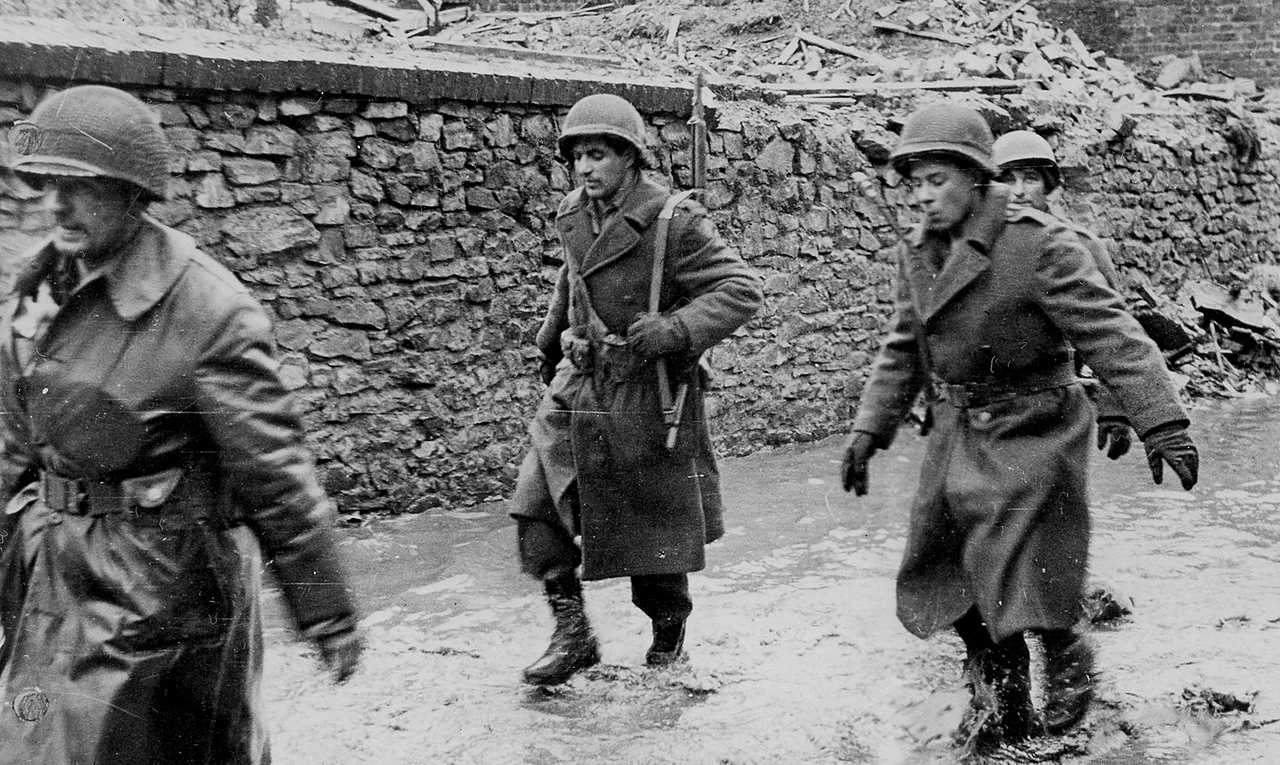 Signal Corps Archive, Wikimedia Commons
Signal Corps Archive, Wikimedia Commons
America's Longest Battle
In the forest, relatively small numbers of determined and prepared defenders were highly effective. The 9th Infantry Division moved forward but suffered heavy losses, eventually being reinforced with 3rd Armored Division tanks. As the American forces took more casualties, inexperienced replacements had to be fed directly into combat.
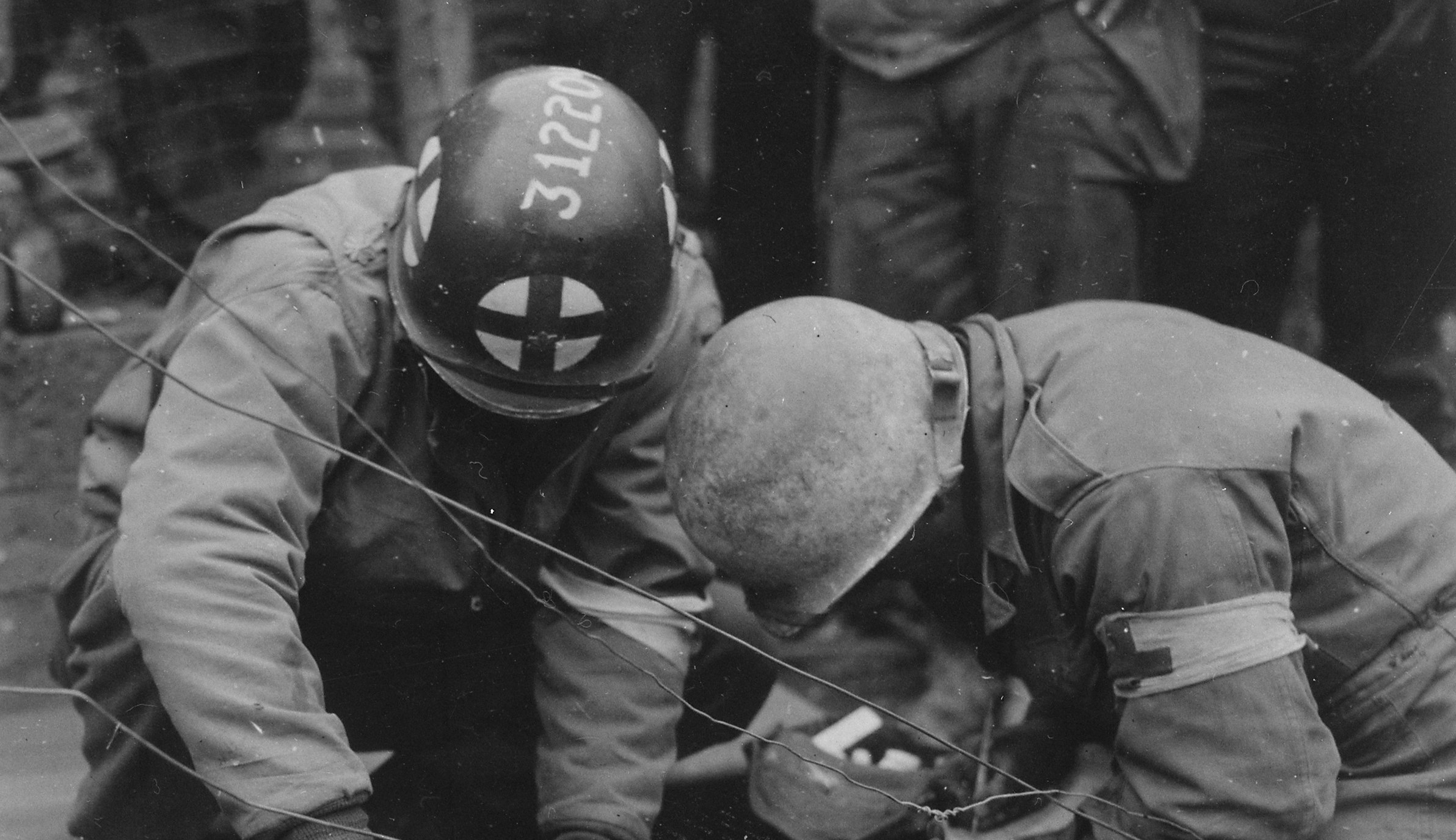 National Archives at College Park, Wikimedia Commons
National Archives at College Park, Wikimedia Commons
America's Longest Battle
Finally, another nine divisions, a tank battalion, and a Ranger battalion were brought in. The battle finally ended in February 1945. It was the longest battle on German ground during WWII and is the longest single battle the US Army has ever fought.
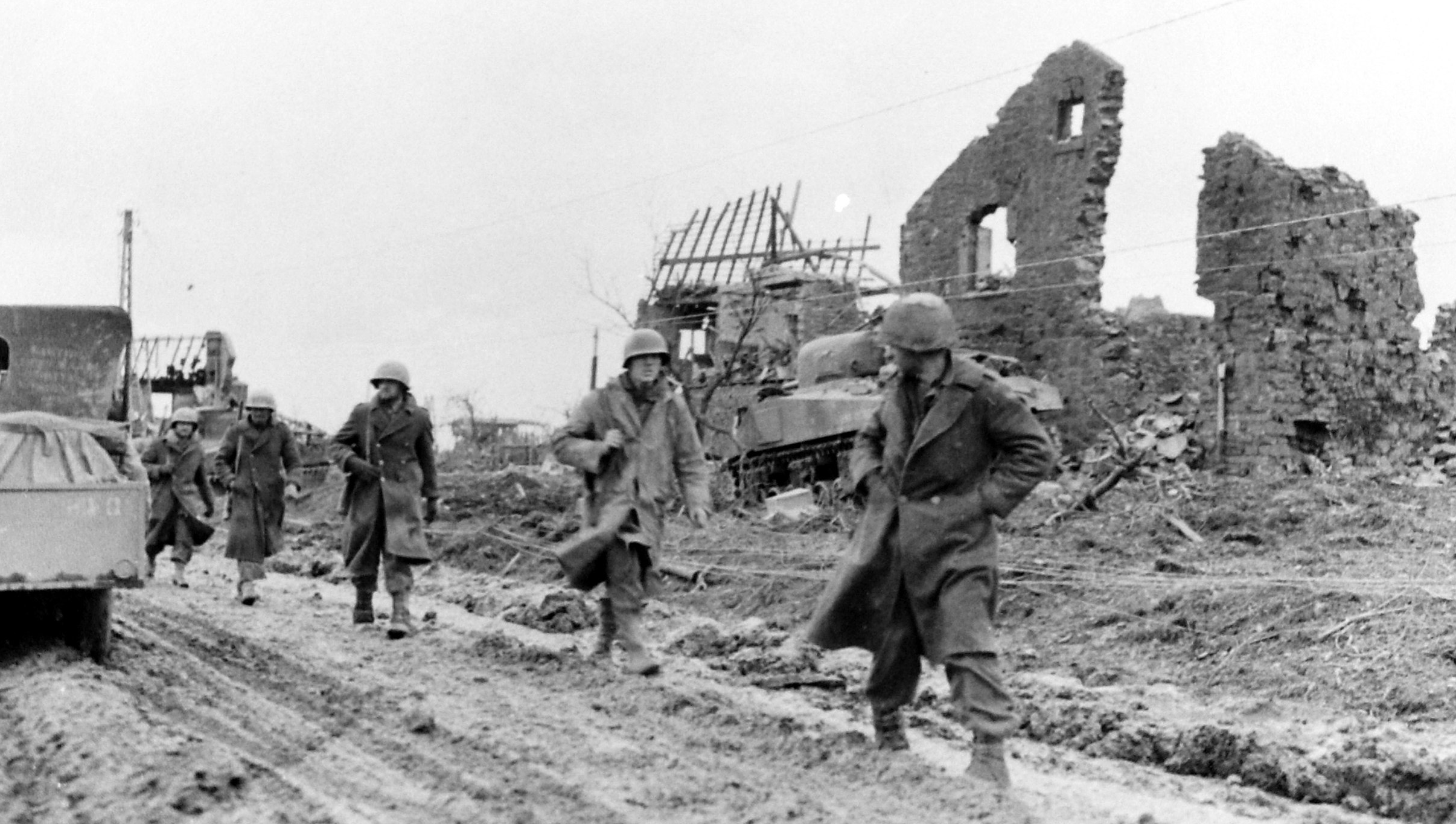 Georgia National Guards, CC BY 2.0, Wikimedia Commons
Georgia National Guards, CC BY 2.0, Wikimedia Commons
The Traitorous General
The name Benedict Arnold is synonymous with "traitor". Arnold started as a skilled officer and then rose to become an important general during the Revolutionary War.
 Thomas Hart, Wikimedia Commons
Thomas Hart, Wikimedia Commons
The Traitorous General
Benedict Arnold led the forces that won the Battle of Saratoga. This victory led to diplomatic recognition and armed assistance from the French, which was a major turning point in the conflict.
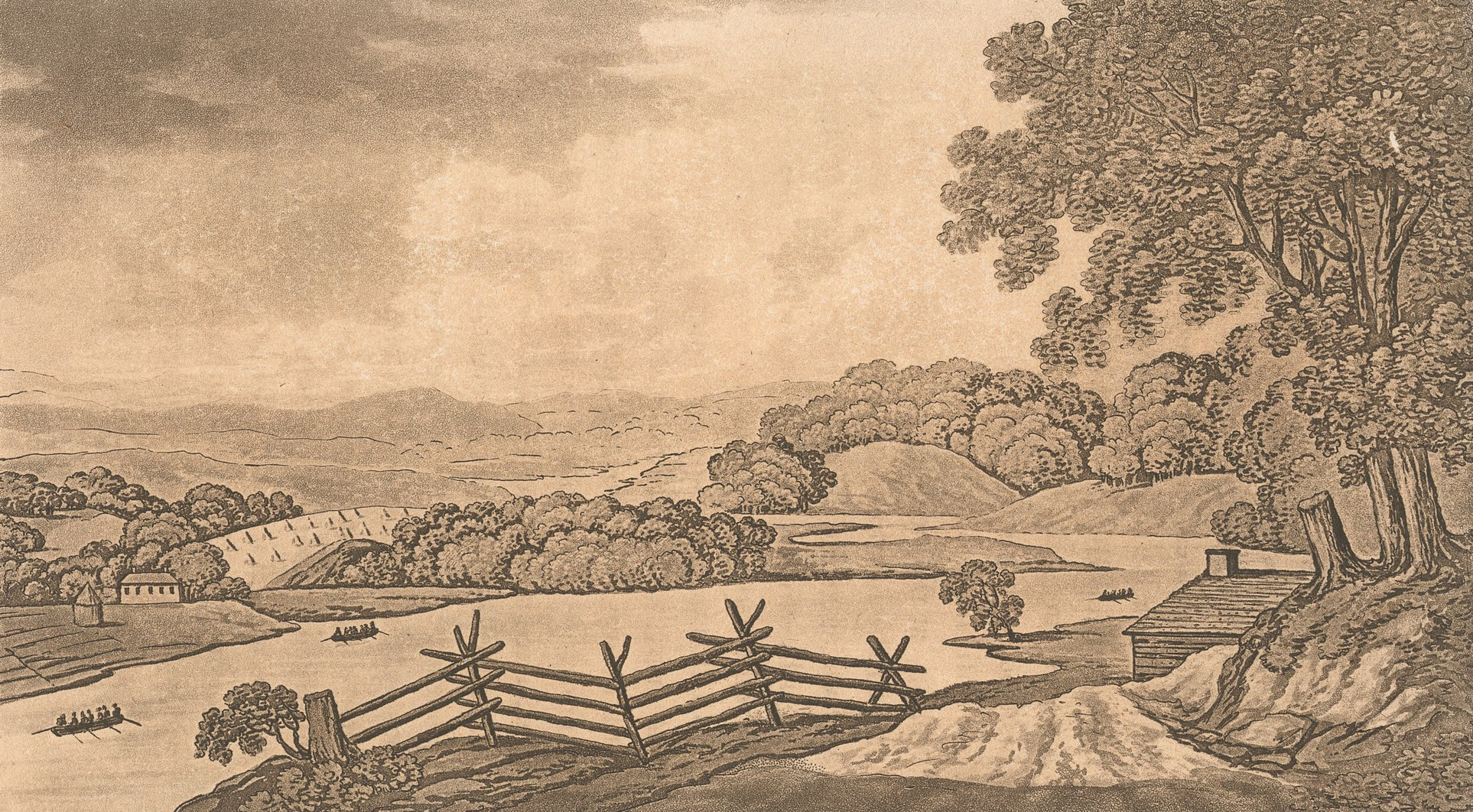 John Lambert, Wikimedia Commons
John Lambert, Wikimedia Commons
The Traitorous General
Arnold also captured a crucial fort and its armaments and created America's first naval fleet. After this success, Arnold led an invasion force tasked with securing support in Canada. They made it as far as Quebec City but ultimately failed when 14 of his men, including key officers, were lost.
 Library of Congress, Wikimedia Commons
Library of Congress, Wikimedia Commons
The Traitorous General
After two serious injuries and being passed over for promotion many times, Arnold was deeply bitter against the Revolutionary Army. He tried to sell the American defenses at West Point to the British, which would leave New York open to invasion. Arnold's attempt was discovered, and he was branded a traitor.
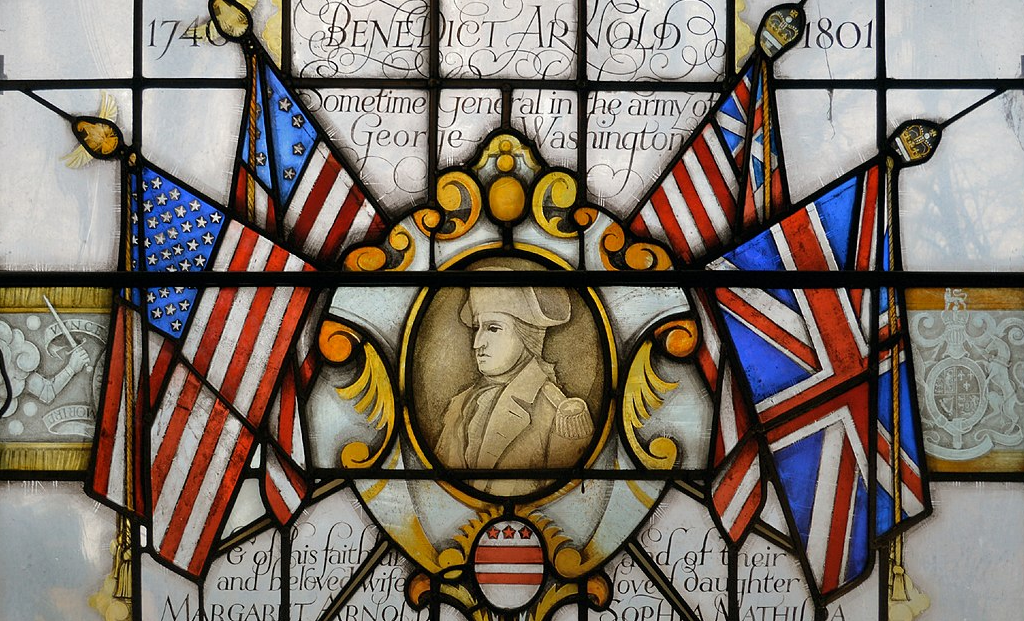 AndyScott, CC BY-SA 4.0, Wikimedia Commons
AndyScott, CC BY-SA 4.0, Wikimedia Commons
The Battle Of Los Angeles
Although most of WWII took place in Europe, North Africa, and the Pacific region, there were a few attempts at attacking North America. The so-called Battle of Los Angeles in 1942 caused the city to light up with searchlights and anti-aircraft fire attempted to shoot down attacking Japanese planes. But there was one problem.
The Battle Of Los Angeles
There was no attack. Inexperienced and frightened anti-aircraft crews with no battle experience began to fire. The clouds of smoke caused by that first volley caused other gunners to shoot at the "enemy" fire, which was illuminated by searchlights and for all intents and purposes looking exactly like an air raid.
The Battle Of Los Angeles
For one hour, 1,400 rounds were fired into the empty sky. To be fair, there was some cause for concern, since there had been several enemy attacks on North America during the conflict. These include submarine attacks off the East Coast of Canada and the United States, the Aleutian Islands campaign, the Battle of the St. Lawrence, and attacks on Newfoundland.
The Battle Of Los Angeles
However, Axis attacks on the Western Hemisphere were few and far between. The defenders of Los Angeles, as fierce and brave as they were, fired into an empty sky. In the end, there was no Battle of Los Angeles.
The Paratrooper Raid That Rescued 2,000 People
The treatment of POWs by the Imperial Japanese forces is infamously brutal. Torment, slavery, and summary executions were common against captured enemy troopers. Many survived the fighting only to perish in captivity.
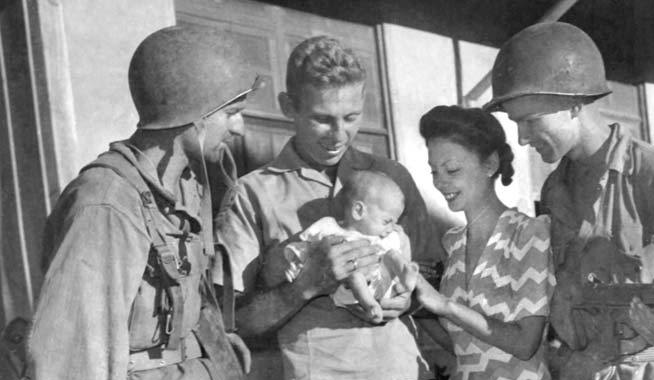 U.S. Army Signal Corps, Wikimedia Commons
U.S. Army Signal Corps, Wikimedia Commons
The Paratrooper Raid That Rescued 2,000 People
Between 1944 and 1945, a plan to rescue POWs was hatched. The hope was to rescue as many prisoners as possible before the Japanese could execute them. On February 23, 1945, a group of Americans and Filipino guerillas launched a paratrooper raid to liberate over 2,000 prisoners at the Los Baños internment camp in the Philippines.
The Paratrooper Raid That Rescued 2,000 People
Prior to the attack, the US 11th Airborne reconnaissance platoon teamed up with Filipino guerrillas. They would mark the drop zone for paratroopers. Others would attack guards at the camp and coordinate the landing of the paratroopers.
The Paratrooper Raid That Rescued 2,000 People
Next came the landing and assault by the paratroopers. As the paratroopers were landing, Filipino guerillas would attack the penal camp. The paratroopers and guerillas would then eliminate the Japanese forces in the camp and the prisoners would be transported outside.
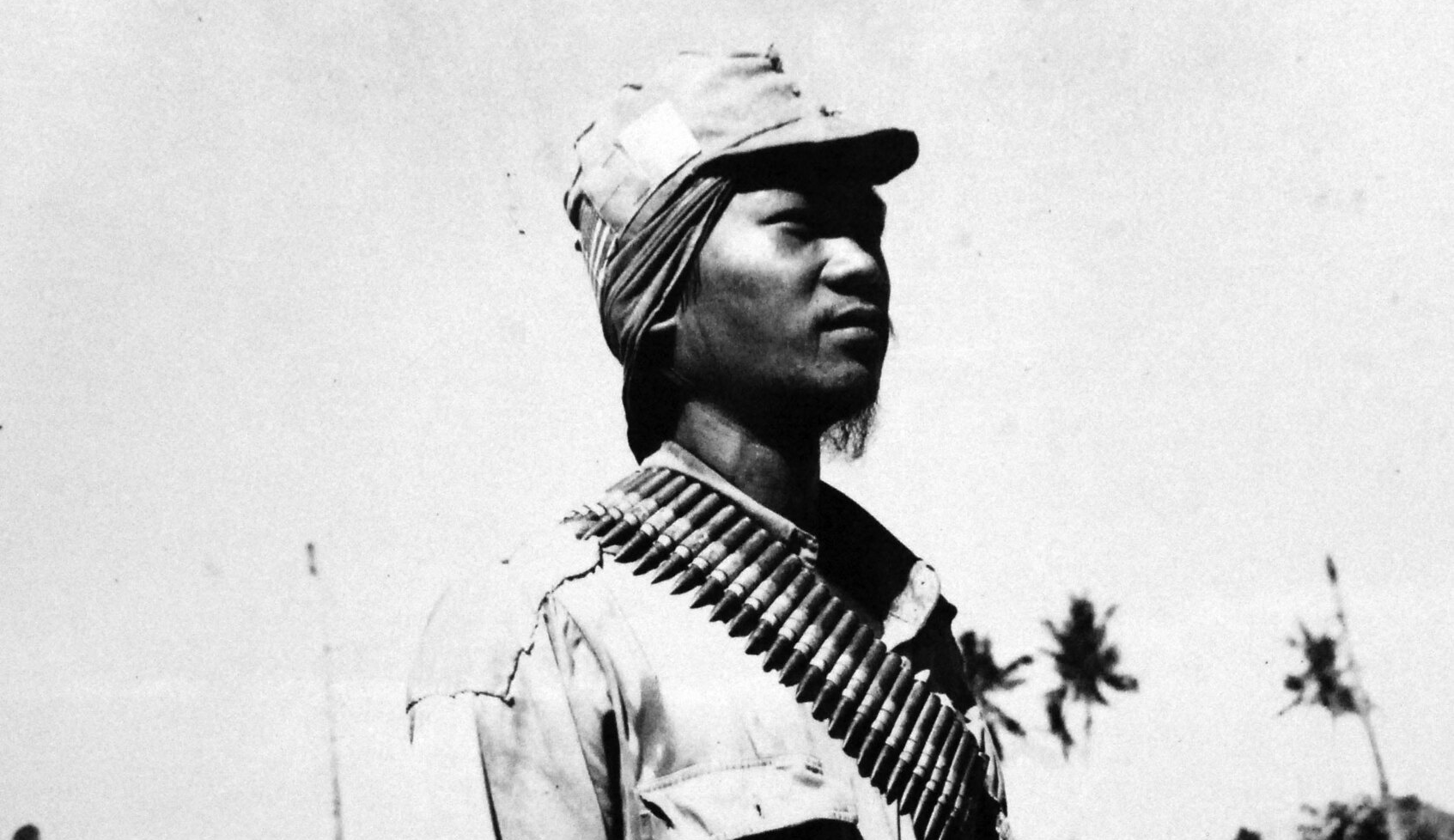 National Museum of the U.S. Navy, Flickr
National Museum of the U.S. Navy, Flickr
The Paratrooper Raid That Rescued 2,000 People
The prisoners would then be taken to safety while diversionary attacks took place along the road to the camp. With the Japanese drawn away from the camp, the paratroopers would be able to escape with the prisoners. All of this was to happen simultaneously, with no room for error.
The Paratrooper Raid That Rescued 2,000 People
And it worked. The raid was successful with no paratroopers lost and only a few casualties from the prisoners. The prisoners were malnourished and weak, but the raiders were able to free 2,147 people.
 Judgefloro, CC BY-SA 4.0, Wikimedia Commons
Judgefloro, CC BY-SA 4.0, Wikimedia Commons

